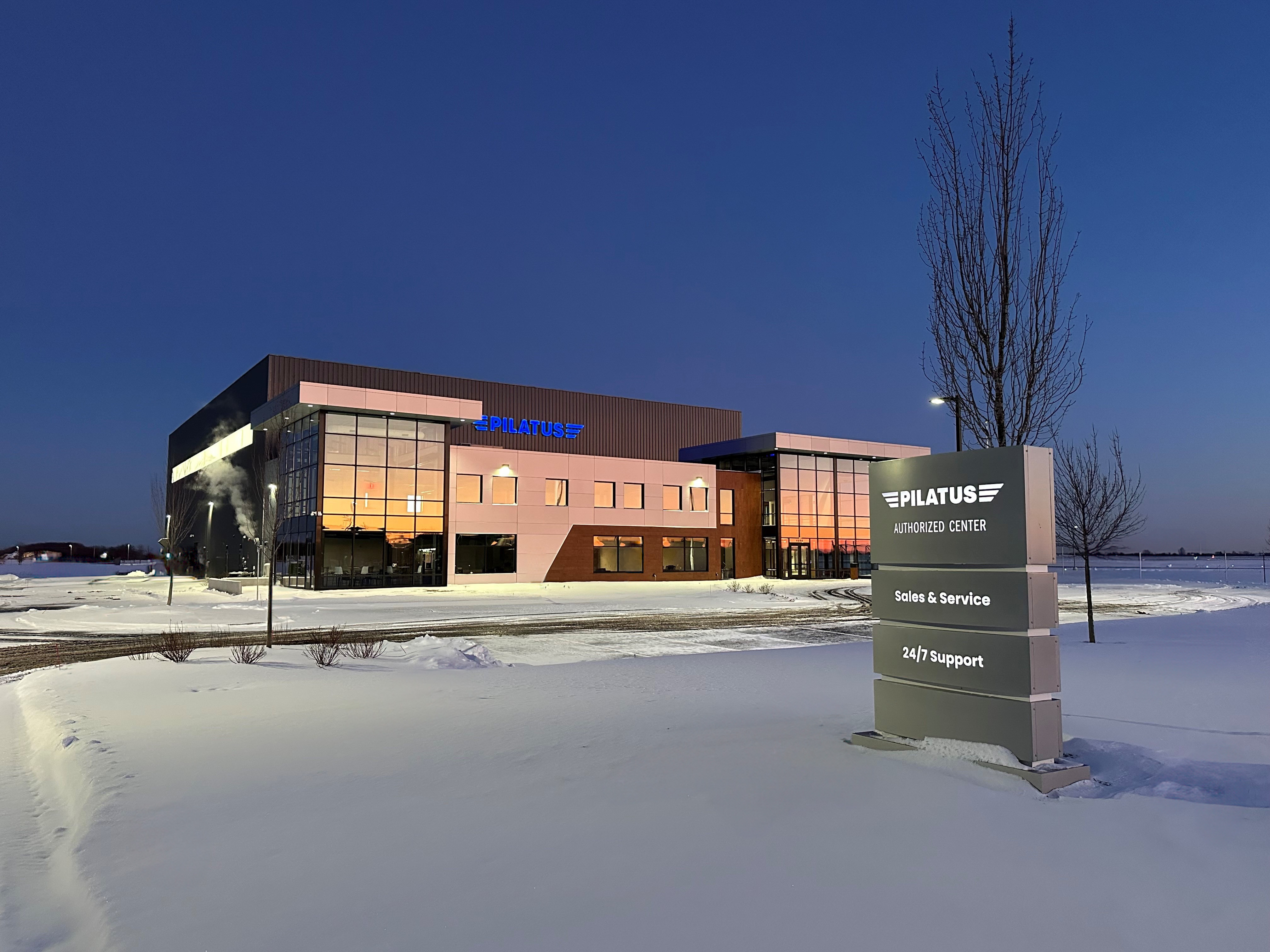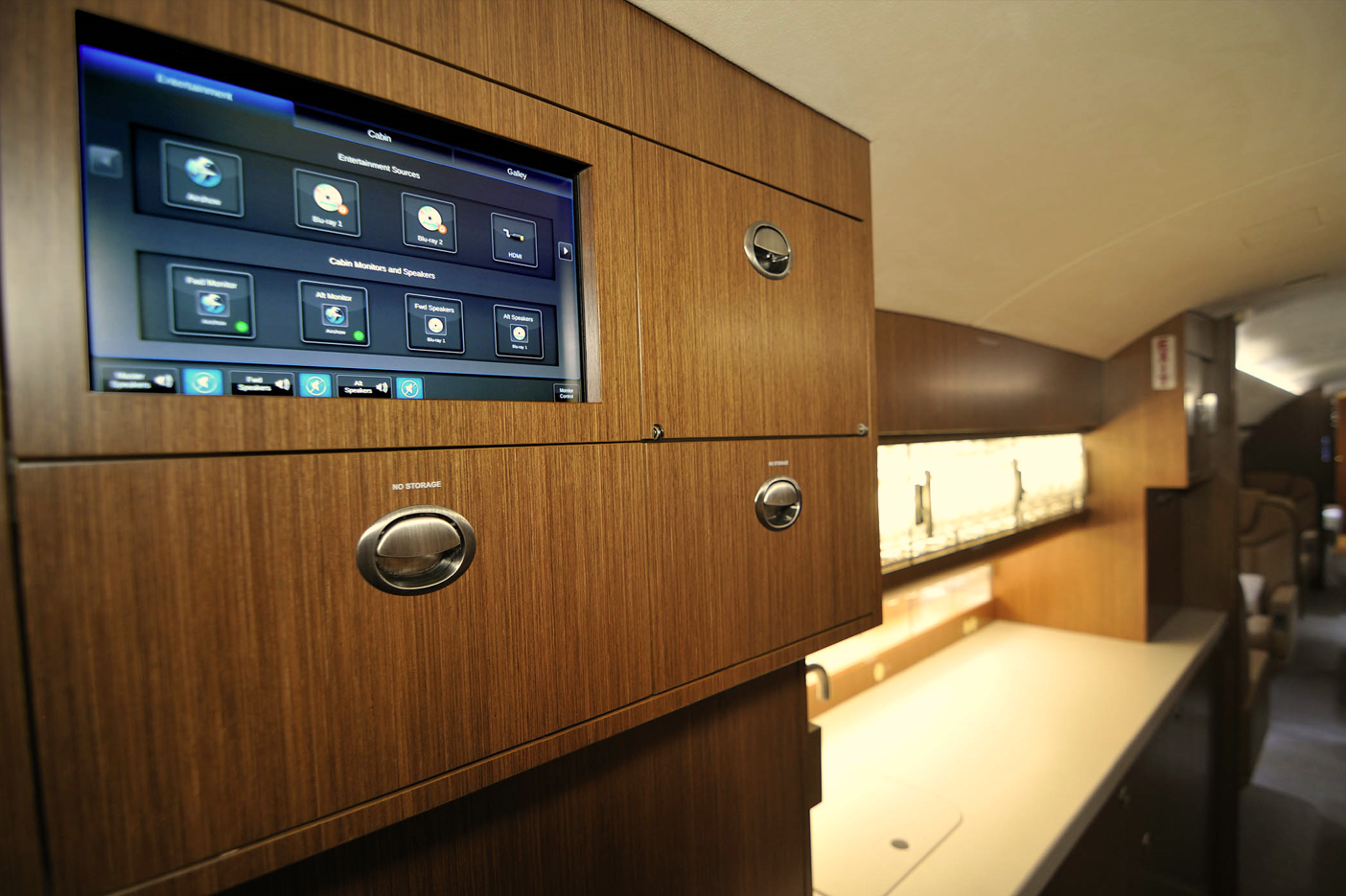“Things to know, so it doesn’t feel like a “Bait and Switch”

LEO internet, whether it be Starlink, Galileo, Gogo, or even a carry-on solution, still remains the most discussed upgrade in business aviation today. In fact, it is still the number one thing I am asked about on a day to day basis. Of course, this is to be expected, given how revolutionary this connectivity is to our field as a whole. It is not dissimilar to the introduction of the iPhone in 2007, and how that forever changed the cell phone industry. It is a quantum leap forward. Despite this, however, there are still certain factors that can muddle the installation of this technology. It is not a problem of supply or demand; instead, the real conundrum is the lack of approved solutions, and the surprise complications that can come with installing a simplified system.
Starlink, for example, has generally been marketed and engineered as a plug-and-play solution. The system does not interact with the aircraft’s flight systems, entertainment systems, or its existing Wi-Fi network. In theory, all you need to install it is a power connection and a place to mount the antenna. But, there is a catch to this. While the system may be fairly simple, the aircraft itself is not. Aircrafts are not merely a blank canvas. Each individual aircraft has a collection of pre-existing mods, antennas, and integrated networks. This is where the installation of LEO technology can get somewhat tricky.
Many owners and operators expect their new internet system to work with what is already on their aircraft. That often means integrating it with their CMS (Cabin Management System), keeping the existing antennas, and using their current WAPs (Wireless Access Points). But, in the same ways that the iPhone completely reinvented its industry, LEO technology is changing connectivity. It simply is not meant to be integrated with everything else. In fact, forcing it to do so can actually undermine its performance, increase certification complexity, and result in a longer downtime. This also likely means a higher cost as well. Here, the idea of the ‘bait and switch’ really comes into play.
Oftentimes, when an aircraft owner calls to ask for a quote, without specifics, we will do our best to offer up a ballpark figure for the installation. Once the specifics roll in, however, this number can be subject to change. For instance, if an owner wants their LEO system integrated with their CMS or they want to keep their existing Ka antenna intact, it is only natural that the workload, and therefore, price, will rise. In this way, the initial ballpark price may suddenly feel like a bait and switch. The reality is, though, that the specifics of a given operation, especially when trying to integrate a LEO system with an aircraft’s existing technology, can greatly change how much time and effort needs to go into an install.
Additionally, aircraft only contain so much physical space to contain this technology. These LEO antennas are quite big. Installing them often requires relocating or even outright removing existing hardware. Of course, this all specifically depends on what, exactly, an owner is looking to do with the LEO technology, and how far they want to try and integrate it with the systems that are already present. Nevertheless, this kind of work will mean more engineering, more labor, and, as previously stated, more downtime. None of this is likely to be accounted for within the initial ballpark quote. So, while the fluctuation in cost may seem like a bait and switch, in reality, it is born out of a misalignment between how LEO systems are designed to be installed, and how operators expect them to work.
There are ways, however, to mitigate this misalignment, which will ensure, to some degree, that the initial quote will more closely reflect the end price. The biggest takeaway here is to ask the right questions, and to make clear to the MRO how you want the installation to be done. What do you want to integrate? What existing antennas or mods should remain? These factors are fundamental in determining how much downtime and money will be spent on completing the LEO installation. In this way, while LEO technology is certainly simpler than other connectivity systems, that does not always mean cheaper, especially when it comes to retrofitting it into a pre-existing, complex system.



